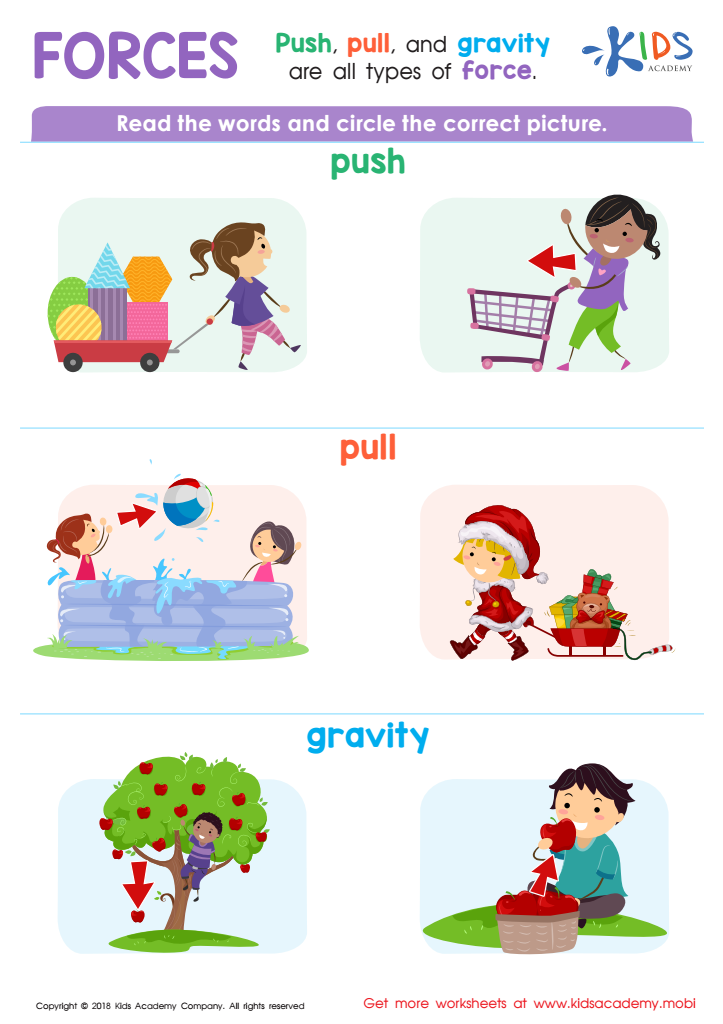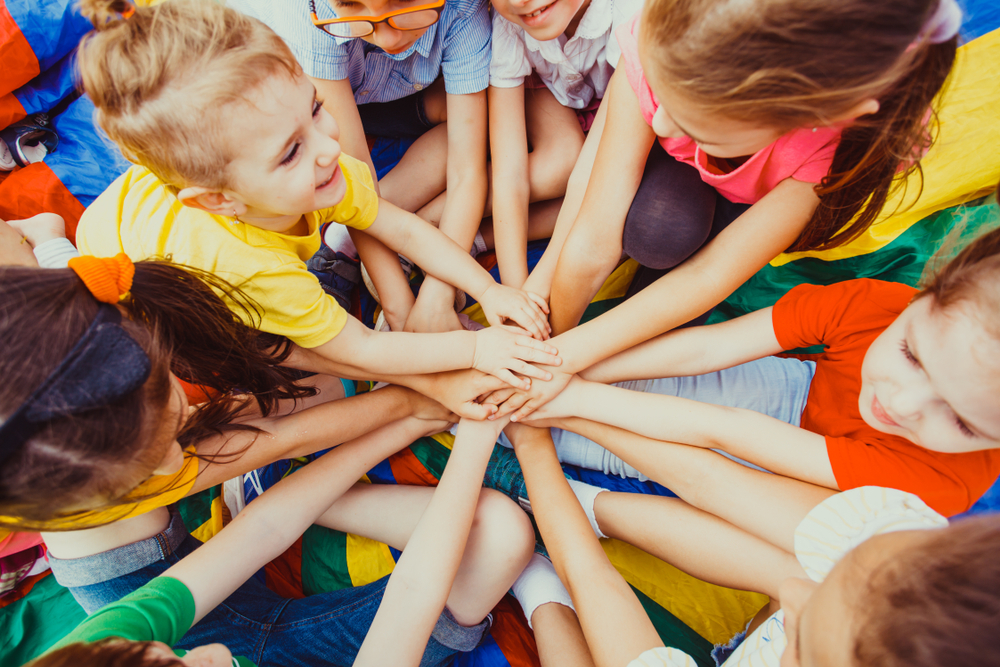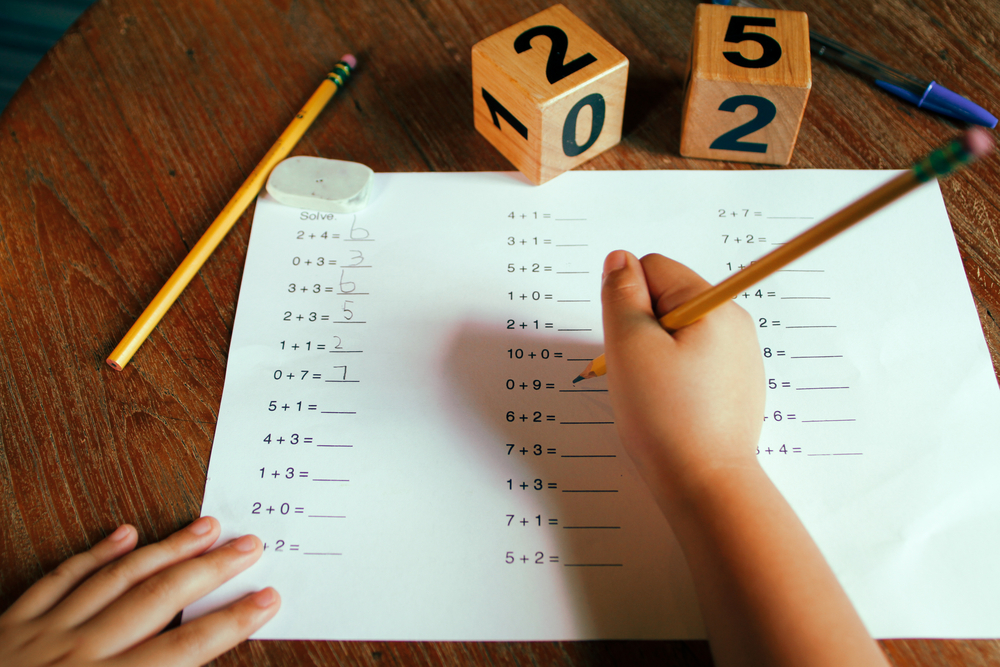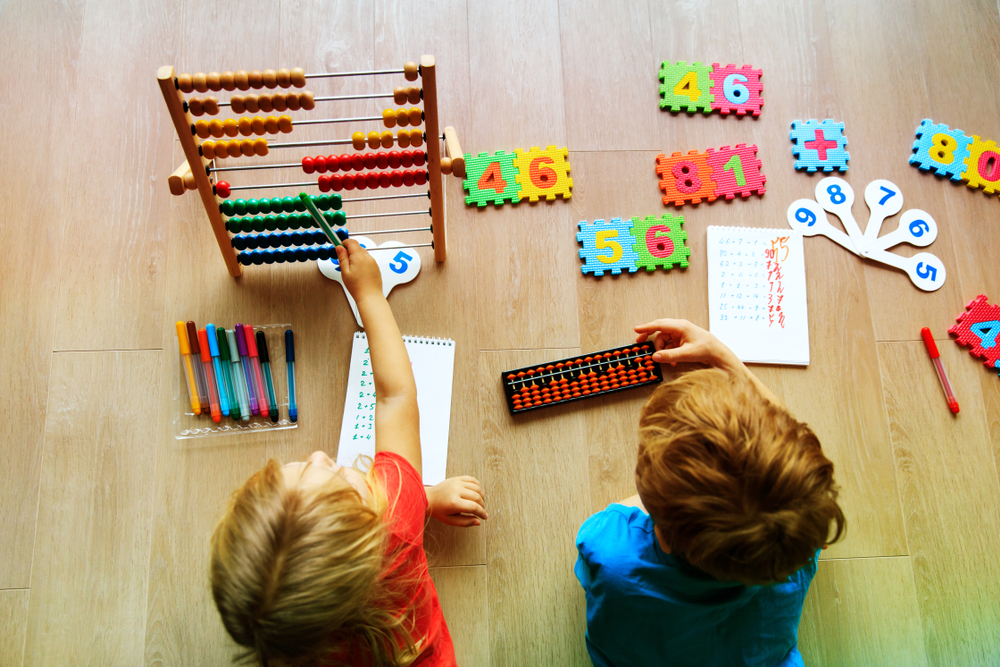Real-life applications Worksheets for Kids
1 filtered results
-
From - To


Forces Worksheet
Question/Answer
How to test a Grade 2 student’s Real-life applications skills?
To test a Grade 2 student's real-life application skills, create practical, hands-on activities that require them to apply basic math, reading, and science concepts in everyday scenarios. Examples include setting up a small store to practice counting money, reading simple instructions to build a model, or measuring ingredients for a simple recipe.
How does the mastery of the Real-life applications skill affect a student's performance at an early age?
Mastery of real-life applications at an early age significantly enhances student performance by improving problem-solving skills, fostering critical thinking, and increasing engagement and motivation in learning. It bridges the gap between theoretical knowledge and practical use, making learning more relevant and accessible.
What are some effective activities to train students’ Real-life applications skill when teaching them about Physical Science?
Effective activities for teaching real-life application skills in Physical Science include conducting hands-on experiments (e.g., creating circuits, building simple machines), field trips to science centers or natural phenomena, project-based learning that solves real-world problems, incorporating technology (e.g., simulation software), and inviting guest speakers from scientific professions. These activities make learning tangible and directly connect classroom knowledge with real-world applications.
 Assign to the classroom
Assign to the classroom












